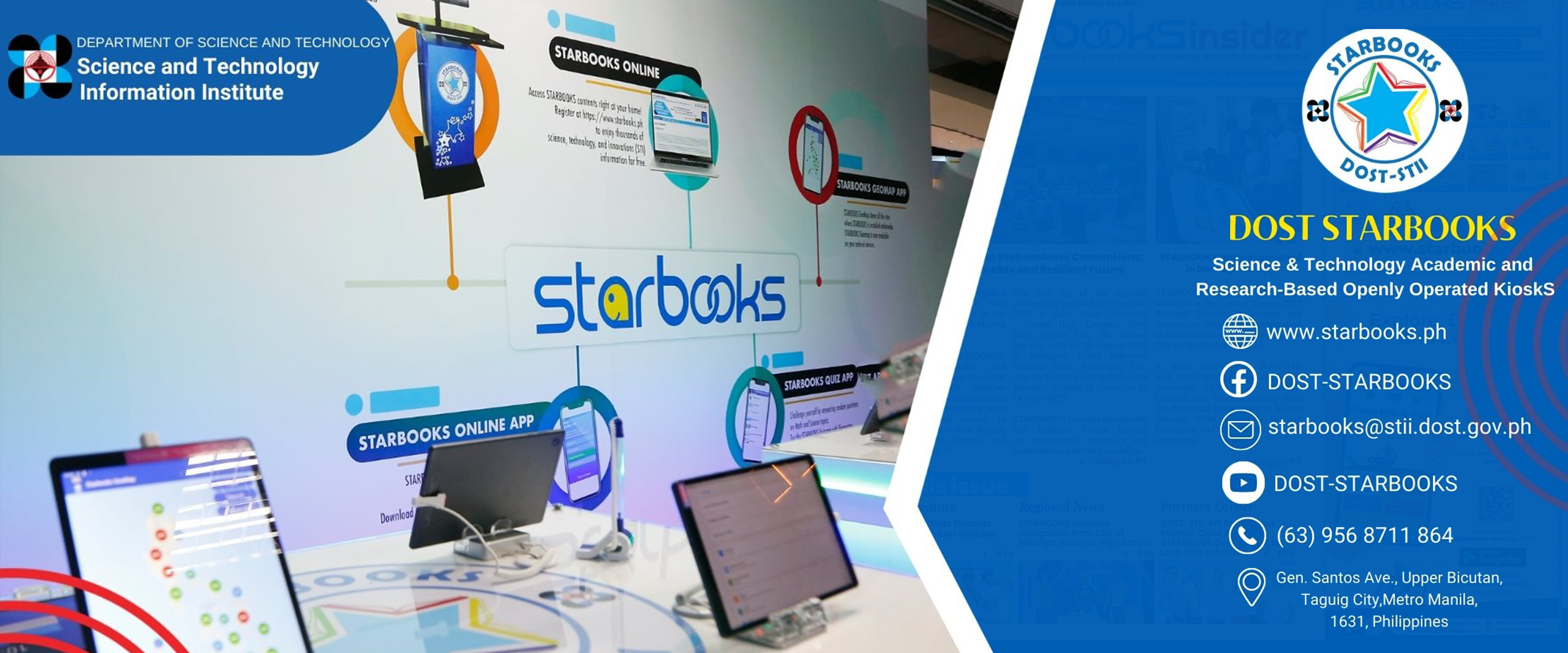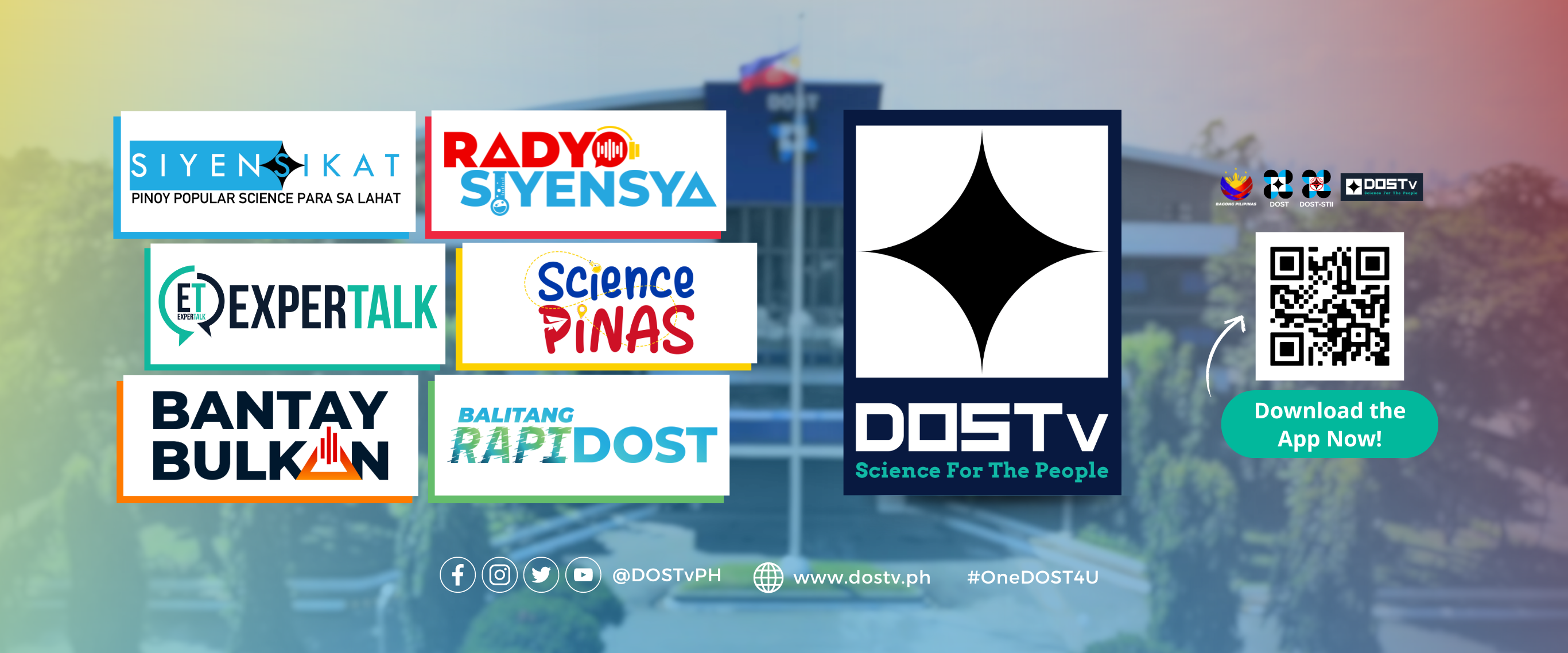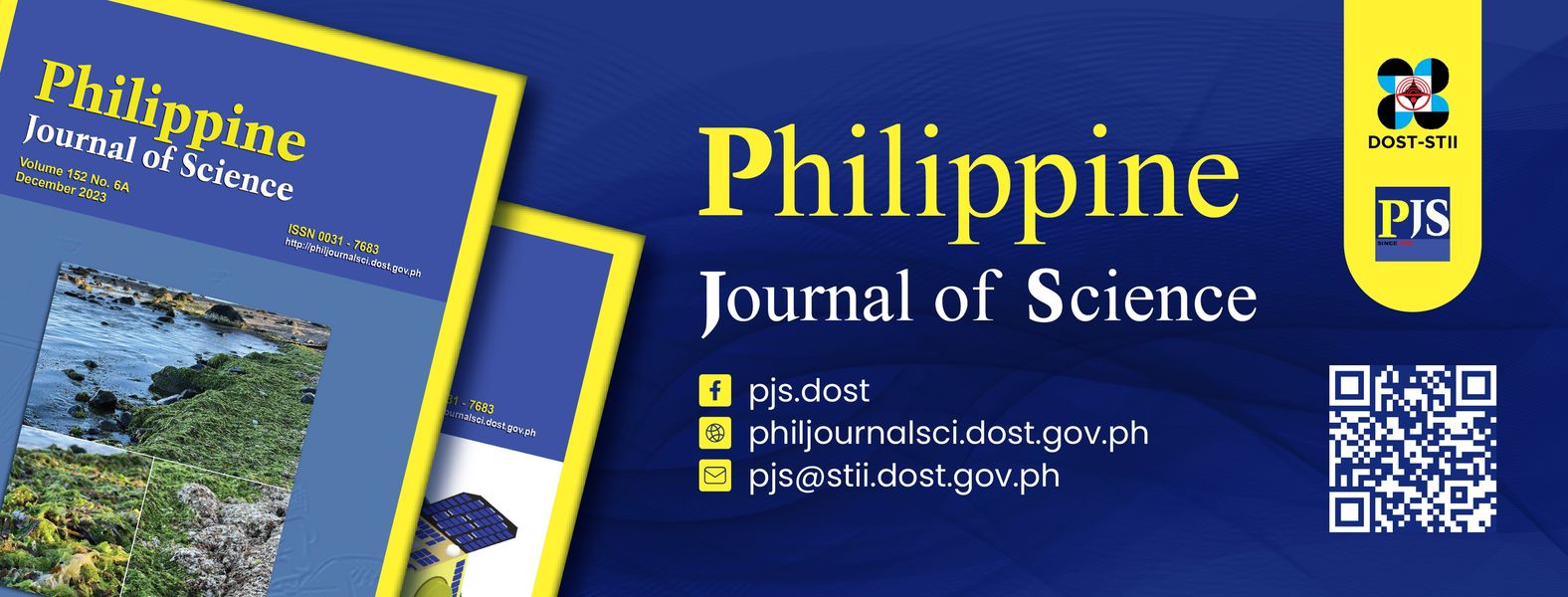From paper, cordage, furniture and handicraft industries to other materials, the uses of abaca have scaled-up to the higher end. Now abaca can be used as material for natural fiber-reinforced plastic composite material to replace some parts of cars.
And, wait, there’s more. The Department of Science and Technology (DOST)’s Industrial Technology Development Institute (ITDI) informed other potential use of abaca such as material for better roofing material for public utility jeepneys because of its lower heat conductivity. This means that abacakeeps inside temperature cooler, making it suitable for the country’s tropical warmth and humidity.
Meanwhile, in a report posted in the website of the Fiber Industry Development Authority or FIDA, car manufacturer Chrysler-Damlier cited the very good ecological balance of abaca combined with its excellent technical properties similar to those of glass fiber, the material recently used in the underbody protection of the car.
Compared with glass fiber, the use of abaca fiber provided about primary energy savings of 60 percent, significantly reducing carbon dioxide emission.
In another study posted on the website of DOST’s Philippine Textile Research Institute a few years ago, Dr. Leslie Joy Lanticse-Diaz, chairperson of the Department of Mining, Metallurgical and Materials Engineering of University of the Philippines, Diliman, shared that abaca fiber shows a high tensile strength, which means it can bearf up 140,686 pounds per square inch. It can also reach a maximum length of three meters.
Lanticse-Diaz’s research also discovered that optimizing weave construction and patterns in abaca as natural fiber reinforcement ensures better control and consistency of composite properties.
According to FIDA, abaca is considered the strongest natural fiber. The Philippines is currently the major producer of abaca, supplying 85 percent of world market needs.
National Biotechnology Week
To further strengthen the industries, including abaca and its socio economic impacts on many Filipinos, DOST, together with the Departments of Health, Agriculture, and Education, will hold the 2013 National Biotechnology Week celebration on November 25-29, 2013 at Aroceros Park, Manila. Biotechnology refers to the science of using living organisms or their parts to improve the characteristics of living things.
One of the highlights of the week-long event will be abaca functional genomics featuring projects that focus on the genomic resources of abaca, as there is no existing genomic information on the Philippine endemic abaca.
Genome is the entirety of an organism's hereditary information encoded either in DNA for people and other living things or in RNA for many types of viruses, Through biotechnology, experts are able to determine traits of abaca and how these can be used to help improve the lives of people in terms of economy, health, industry, and other aspects.
Written by: Allan Mauro V. Marfal, S &T Media Service, DOST-STII
Thursday, 21 November 2013 02:28


















 21 in 2021 Technology Catalogue
21 in 2021 Technology Catalogue 21 in 2021 Technology Catalogue
21 in 2021 Technology Catalogue DOST Innovations - Web and Mobile Applications for Disaster Risk Reduction and Management
DOST Innovations - Web and Mobile Applications for Disaster Risk Reduction and Management